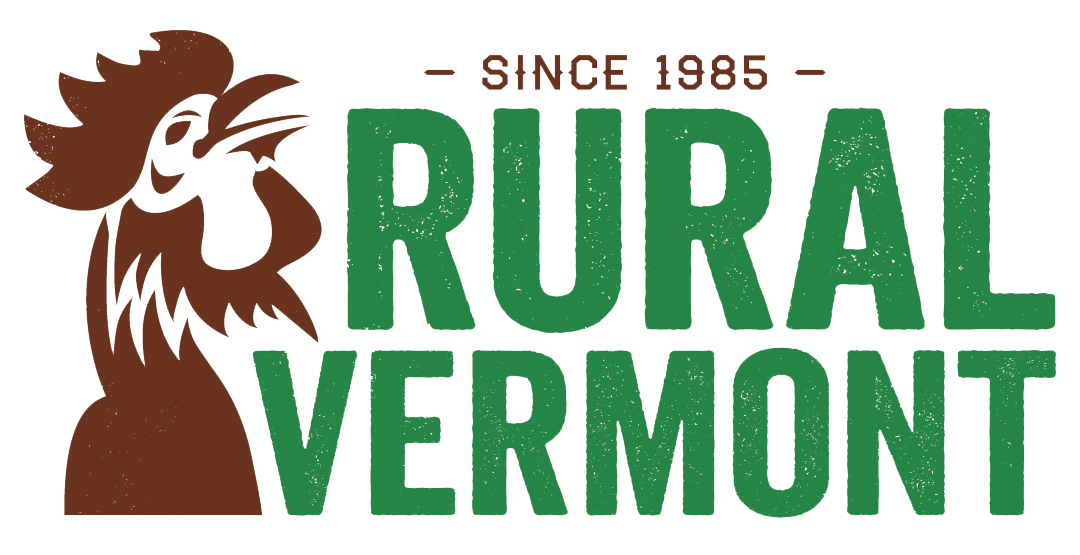Farmer-to-Farmer Exchange in Cuba
In the last week of October 2023, the National Association of Small Farmers of Cuba (ANAP) hosted their renowned Farmer-to-Farmer methodology workshop at the Niceto Pérez National Farmer Training School in the province of Artemisa, Cuba. There were 31 participants in the program from across Central America, the Netherlands, Puerto Rico, and the United States, including Rural Vermont Director of Grassroots Organizing Mollie Wills and three other Vermonters.
In response to severe political and economic crises following the collapse of the Soviet Union in the early 1990s, Cuba has become a world leader in applying the principles of agroecology. Due in large part to the detrimental effects of the United States embargo on trade with Cuba, known widely as the blockade, Cuba has been and remains unable to access many of the necessary inputs for conventional farming. As a result of this, farmers have organized through the Campesino-a-Campesino (CAC) social process to transition away from systems of chemical intensive agriculture in favor of building a grassroots agroecology movement focused on low production costs and external inputs, and feeding their people.
The five-day course offered a history of the Cuban context, including the first agricultural and land reform laws passed shortly after the Cuban Revolution in 1959. ANAP was formed shortly after, and has since provided training and other services to over 3000 base organizations and cooperatives currently representing ~180,000 members.
The CAC methodology is based on a horizontal transmission of knowledge and relationship between equals while relying heavily on traditional methods of food production. Originating with the ATC in Nicaragua, the CAC model is used in parts of Central America and elsewhere, but the unique conditions in Cuba have allowed it to spread further and faster than many other parts of the world, and inspire countless farmers, organizers, and activists who have learned and implemented these tools.
The methodology itself is simple by design. It calls for slow and small-scale implementation, regarding both land base and the number of new techniques, easy and recognizable successes, regular evaluation and reflection, and amplification of both positive and negative results within the farming community. Built into these processes are ample opportunities for farmer exchange, including workshops, encounters and mentorship through agroecological facilitators and promoters, many of which are also local farmers offering technical advice to their communities.
We visited a neighboring conventional farm interested in transitioning to agroecology, and spoke with the farmer about their land and practices before offering diagnosis, one of CAC tools of assessing current farm conditions and practices, and potential ideas for how to begin the transition. Indicators of agroecology are determined through a wide range of factors, including diversification of farm components, dependence on external inputs, protection of natural resources and environment, and social indicators like the family’s participation in the farm, and the community services offered by local co-ops.
Throughout the week we worked in small groups to discuss, plan, and present how to implement the CAC techniques and processes using our own farms and work as examples. We worked with experienced Cuban farmers and agroecological promoters to hone these strategies and plans. ANAP curated trips to the Fidel Castro Center and the Cucan Peasant Museum, as well as cultural nights with music, dancing, and performance from the group.
We grew relationships and cultivated exchange across language, political borders, and bioregions. As a group, we grappled with the very real impacts of neoliberalism and colonialism, and how systemic injustices and corporate consolidation directly impact access to land, resources, and political and food sovereignty, disproportionately, across the globe. Agroecology needs to be adapted to the land it is part of and by the people practicing it. Many political and technical skills were gained during the CAC training, but the most valuable was the deep relationships built between farmers, organizers, and activists who came together with the shared goal to take home what they learn, adapt it to their context, and be inspired to amplify the agroecology social movement through their farms, food, and communities. We’re excited to integrate some of these lessons in our Vermont-based organizing work, and continue to cultivate opportunities for farmer-to-farmer exchange locally, nationally, and internationally as we work together towards food sovereignty and an end to the neoliberal policies that seek to stifle it.
